Kiribati
Welcome to Kiribati
Nestled in the heart of the vast Pacific Ocean, Kiribati is a remote island nation that offers a unique blend of natural beauty, rich culture, and historical significance. Comprising 33 low-lying coral atolls and reef islands spread over 3.5 million square kilometers of ocean, Kiribati is a place where time seems to slow down, inviting travelers to immerse themselves in pristine beaches, vibrant marine life, and warm, welcoming communities. Whether you seek adventure, cultural discovery, or peaceful retreat, Kiribati promises an unforgettable experience far from the beaten path.
Kiribati, pronounced "Kiribas," is a republic made up of scattered islands divided into three groups: the Gilbert Islands, Phoenix Islands, and Line Islands. Its capital, South Tarawa, is the hub of government and commerce, where modern life meets traditional island culture. The islands are characterized by white sandy beaches, crystal-clear lagoons, swaying coconut palms, and an abundance of marine biodiversity.
Despite its small land area of about 811 square kilometers, Kiribati’s exclusive economic zone covers a vast expanse of ocean, making it one of the largest marine territories in the world. The population is just over 110,000, with many communities still living in traditional thatched huts and relying on fishing, breadfruit, and coconut as staples.
Kiribati’s history is marked by its colonial past under British rule, World War II battles, and post-war nuclear testing on some islands. Yet, much of its culture and way of life remain deeply rooted in age-old customs and communal values. The country faces environmental challenges, particularly from climate change and rising sea levels, which have spurred sustainable tourism initiatives aimed at preserving this fragile paradise for future generations.
Why Visit Kiribati?
1.
Untouched Natural Beauty and Marine Life: Kiribati offers some of the most pristine and least disturbed coral reefs and marine ecosystems in the Pacific. For divers, snorkelers, and fishing enthusiasts, the islands, especially Kiritimati (Christmas Island), are a dream come true, boasting vibrant coral gardens, abundant fish species, and world-class bonefishing opportunities.
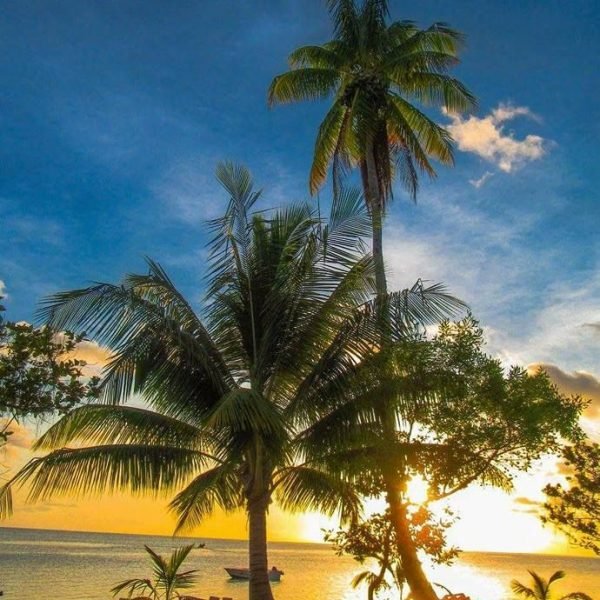
2.
Authentic Cultural Experiences: Unlike more commercialized Pacific destinations, Kiribati remains largely off the typical tourist trail. Visitors have the rare opportunity to engage with local communities, participate in traditional village life, learn ancient crafts like weaving and coconut husking, and explore historical sites such as the Battle of Tarawa relics. The genuine warmth of the Kiribati people and their simple, community-focused lifestyle offer a meaningful and eye-opening travel experience.
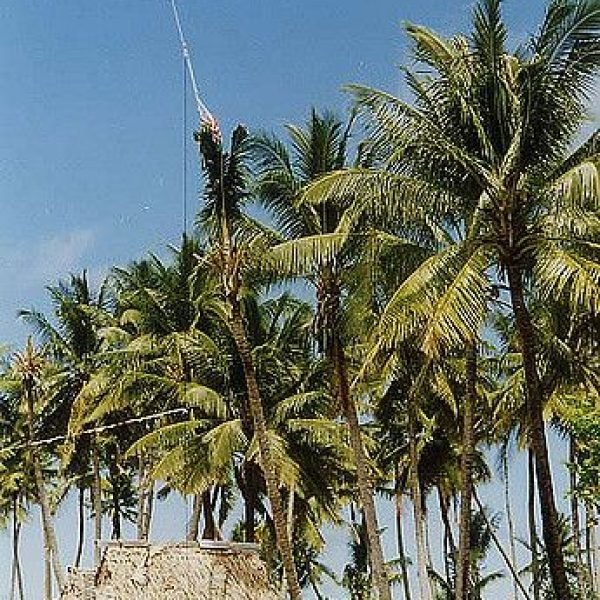
Planning Your Trip
Visa Information
Visitors to Kiribati generally require a visa, which can often be obtained on arrival for many nationalities, but it is advisable to check the latest requirements before travel. Some travelers may need to apply for a visa in advance through Kiribati’s diplomatic missions or consulates. Passport holders should ensure their documents are valid for at least six months beyond the intended stay.
Best Time to Visit
Kiribati enjoys a tropical climate year-round, but the best time to visit is during the dry season from April to October. During these months, the weather is milder with less humidity and minimal rainfall, ideal for outdoor activities such as diving, fishing, and exploring the islands. The wet season, from November to March, brings higher humidity and occasional heavy rains, but the islands remain lush and beautiful.
Getting To and Around
Getting There
Kiribati is remote and not served by direct flights from many countries. The primary international gateway is Bonriki International Airport on South Tarawa. Most travelers reach Kiribati via connecting flights from major Pacific hubs such as Fiji (Nadi), Australia (Brisbane or Sydney), or Hawaii (Honolulu). Airlines like Air Kiribati and Fiji Airways operate these routes.
Getting Around
Inter-island travel within Kiribati is usually by small domestic flights or boats, as distances between atolls can be significant. On South Tarawa, travel is by road, with buses, taxis, and rental vehicles available. Due to limited infrastructure on many islands, planning ahead and using local tour operators can ensure smooth logistics and access to remote areas.
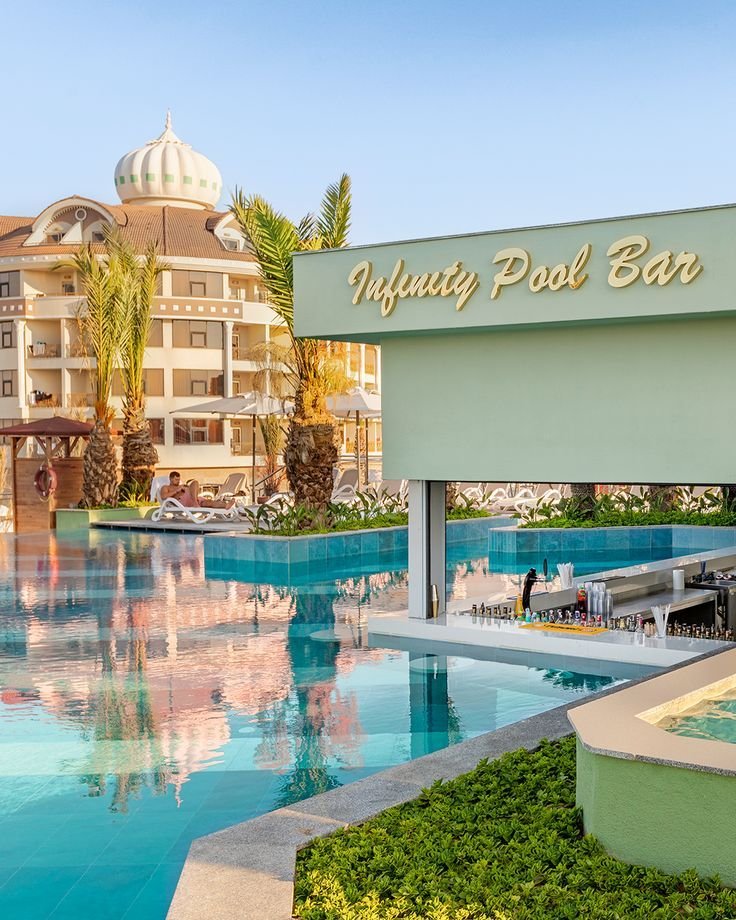
Accommodation
Kiribati offers a range of accommodation options that reflect its remote, island lifestyle and the limited but growing tourism infrastructure. Travelers can expect a mix of modest hotels, guesthouses, lodges, and traditional island-style bungalows known locally as “Buia.” While international star ratings do not officially apply in Kiribati, some properties in South Tarawa and Kiritimati approximate a 2-star standard, offering basic but comfortable amenities.
Accommodation in Kiribati
In the capital area of South Tarawa, you’ll find the most developed accommodations, including small hotels and guesthouses that provide essential services such as Wi-Fi, air conditioning, and sometimes swimming pools. These places cater mostly to business travelers, aid workers, and visitors seeking convenience. Prices tend to be budget-friendly, with many guesthouses and bed & breakfasts offering cozy, homey atmospheres at affordable rates, often around $50 to $100 per night.
For those venturing to the outer islands, accommodation is typically more rustic and authentic. The “Buia” bungalows are simple, often built from local materials like palm leaves and wood, and usually come with basic furnishings and shared bathroom facilities. These bungalows provide a unique opportunity to experience Kiribati’s laid-back island life close to nature, with spectacular turquoise lagoons just steps away. While lacking in luxury, the charm lies in the peaceful surroundings, minimal light pollution for stargazing, and the chance to connect with local communities.
A newer trend includes capsule hotels, particularly in more populated areas, offering affordable, private sleeping pods with shared facilities. These are ideal for solo travelers or those on a tight budget who want a clean, secure place to rest without the expense of a full hotel room.
Travelers should book accommodations in advance, especially during the dry season (April to October), when tourism peaks. Since inter-island transport can be limited, staying near the airport or main town centers is advisable for ease of access. Many accommodations also offer local tours and activities, helping visitors explore Kiribati’s natural and cultural highlights.
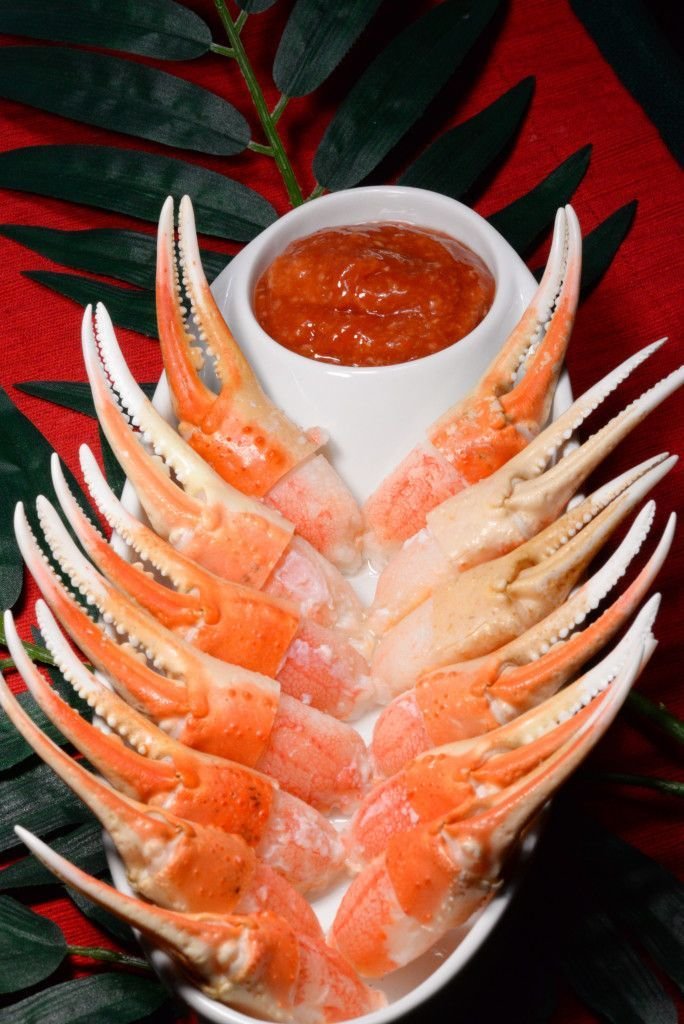
Food and Drink
Kiribati’s cuisine is a reflection of its island environment and traditional lifestyle, centered around fresh seafood, tropical fruits, and locally grown staples. Dining here is simple but flavorful, rooted in the abundant natural resources of the ocean and land.
The diet heavily features fish, shellfish, and other seafood caught fresh daily from the surrounding reefs and lagoons. Popular dishes include grilled or boiled fish, often served with coconut milk-based sauces or wrapped in banana leaves for cooking. Tuna, mahi-mahi, and reef fish are common catches. Shellfish such as clams and crabs also make frequent appearances on local tables.
Coconut is a vital ingredient in Kiribati cuisine, used in various forms—from fresh coconut flesh to coconut cream and oil—adding richness and subtle sweetness to dishes. Breadfruit, taro, and pandanus are staple root crops and fruits that provide carbohydrates and are prepared boiled, roasted, or mashed.
Visitors can enjoy traditional meals at local village markets or small eateries known as “te kai” spots, where food is freshly prepared and served in a communal setting. These places offer an authentic taste of Kiribati life, with dishes like palusami (taro leaves cooked in coconut cream) and fried fish being favorites.
For those seeking international or Western-style food, options are limited but available mainly in South Tarawa. Some hotels and guesthouses serve continental breakfasts, sandwiches, and simple meat dishes. Imported goods such as rice, canned foods, and snacks are also common, reflecting the island’s reliance on imports for many products.
Beverages in Kiribati include fresh coconut water, locally brewed toddy (a fermented palm sap drink), and imported soft drinks. Alcoholic beverages are available but not widespread, with beer being the most common choice. Due to the tropical climate, staying hydrated with bottled or filtered water is essential, as tap water is generally not recommended for drinking.
Travelers are encouraged to try the local cuisine as part of their cultural experience but should also be mindful of food hygiene standards, especially when eating street food or at smaller establishments.
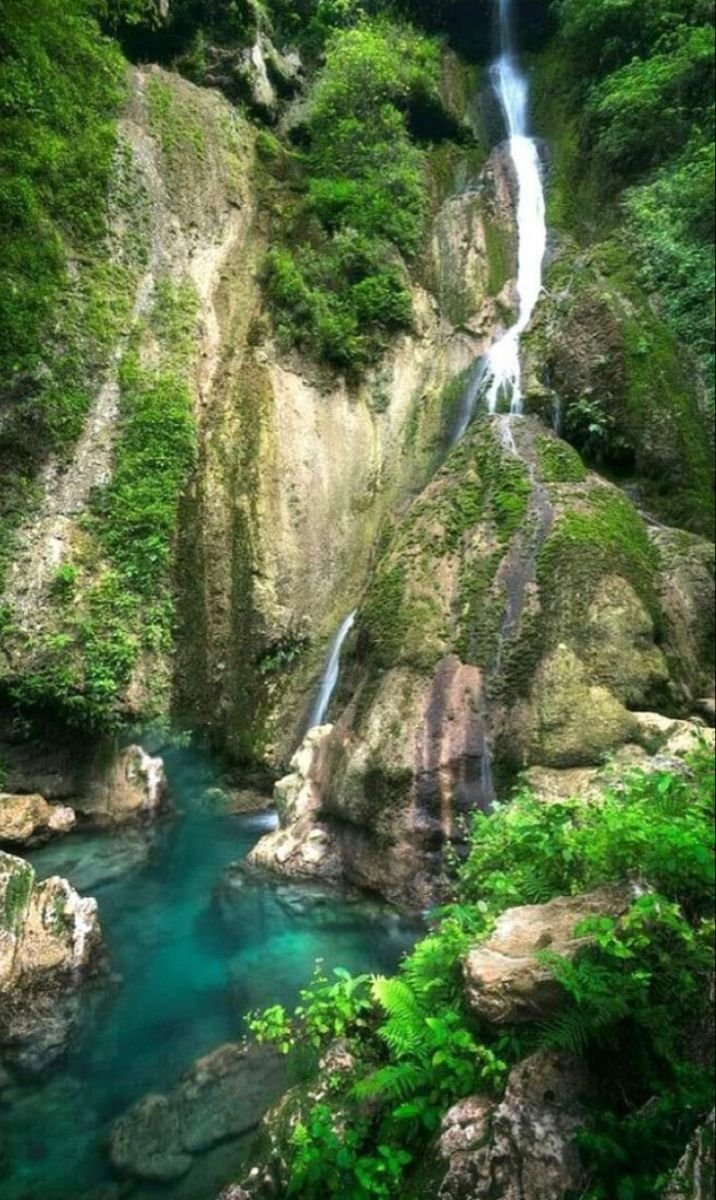
Must-See Attractions
- Tarawa Atoll and World War II Historical Sites
Tarawa, the capital atoll of Kiribati, is not only the political and economic center but also a place steeped in history. The Battle of Tarawa, fought in 1943 during World War II, was one of the bloodiest battles in the Pacific. Today, visitors can explore numerous war relics scattered across Tarawa and Betio Island, including rusting military equipment, bunkers, and memorials. The Betio War Memorial is a poignant site honoring those who fought and died in the battle. Walking these grounds offers a sobering glimpse into the island’s wartime past and its enduring resilience.
- Kiribati National Museum, Bairiki
Located in South Tarawa, the Kiribati National Museum is a cultural gem that showcases the country’s rich heritage. The museum houses traditional artifacts, historical photographs, and exhibits on Kiribati’s seafaring ancestors, including their remarkable navigational tools. It provides valuable insights into the islanders’ way of life, traditional crafts, and the nation’s history, making it a must-visit for those interested in understanding Kiribati beyond its natural beauty.
- Phoenix Islands Protected Area (PIPA)
The Phoenix Islands Protected Area is Kiribati’s crown jewel in terms of natural heritage. As a UNESCO World Heritage Site, PIPA covers an immense marine area of over 400,000 square kilometers, making it one of the largest marine protected zones in the world. It is home to some of the most pristine coral reefs, diverse marine species, and important breeding grounds for seabirds and turtles. Though remote and challenging to access, PIPA offers unparalleled opportunities for eco-tourism and marine exploration.
- Banaba Island
Banaba Island, also known as Ocean Island, has a unique history tied to phosphate mining. While it is sparsely populated today, the island’s abandoned mining infrastructure and open-pit mines tell a story of industrial exploitation and environmental change. Visiting Banaba offers a rare perspective on Kiribati’s colonial past and the environmental challenges faced by small island nations.
- Traditional Villages: Bikenibeu and Betio
Bikenibeu and Betio are vibrant communities where traditional I-Kiribati culture thrives alongside modern life. Bikenibeu is known for its community events, traditional dances, and ceremonies that showcase the islanders’ artistic heritage. Betio, besides its wartime significance, is the economic hub with bustling markets and a lively port. Exploring these villages allows visitors to experience daily life, interact with locals, and witness Kiribati’s cultural continuity.
- Maneaba (Traditional Meeting Houses)
The Maneaba is a central feature of Kiribati culture — a large communal meeting house where social, political, and ceremonial gatherings take place. These structures are architectural marvels made from local materials and represent the heart of community life. Visiting a Maneaba, especially during a cultural event or dance performance, offers a deep dive into Kiribati’s social fabric and traditions.
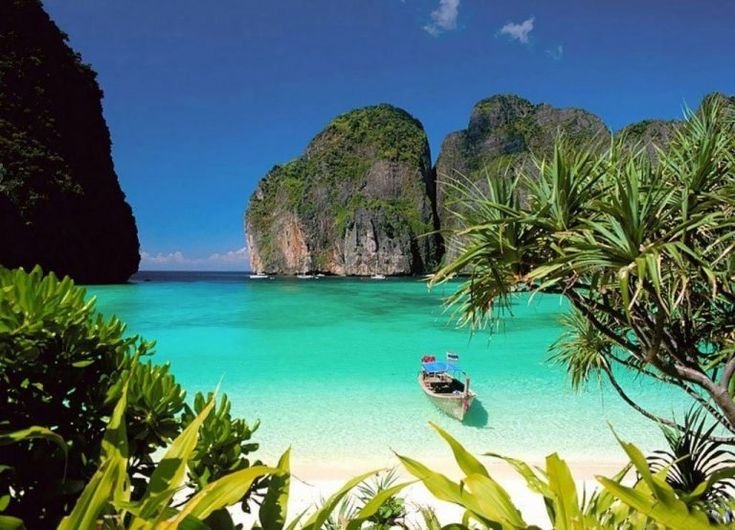
Must-Do Activities
- Snorkeling and Diving in Pristine Coral Reefs
Kiribati’s coral reefs are among the healthiest and most untouched in the Pacific. The clear lagoons around Tarawa, Kiritimati (Christmas Island), and the Phoenix Islands offer spectacular snorkeling and diving experiences. Underwater, you’ll find vibrant coral gardens, abundant fish species, and even rare encounters with sharks and turtles. Kiritimati is particularly famous for its bonefishing, attracting anglers from around the world.
- Explore World War II Battlefields
For history enthusiasts, guided tours of the World War II battlefields in Tarawa and Betio are essential. Walking through the remnants of bunkers, viewing rusted tanks, and visiting memorials brings history to life. Local guides often share personal stories and historical context, enriching the experience with human perspectives on the conflict and its aftermath.
- Attend Traditional Cultural Performances
Kiribati’s rich tradition of dance and music is best experienced live. Many villages, especially in Tarawa and Bikenibeu, host performances of the Bubuti dance and other traditional ceremonies. These events are colorful, rhythmic, and deeply symbolic, offering insight into Kiribati’s identity and communal values. Participating or simply observing these gatherings is a highlight for many visitors.
- Visit Local Markets and Try Kiribati Cuisine
Exploring local markets in Betio and Tarawa is a sensory delight. Fresh fish, tropical fruits, and handmade crafts abound. Sampling traditional foods such as grilled fish, palusami (taro leaves cooked in coconut cream), and fresh coconut water connects you to the island’s flavors and culinary heritage. Engaging with vendors and locals adds warmth and authenticity to the experience.
- Eco-Tours in the Phoenix Islands Protected Area
For eco-adventurers, booking a specialized tour to PIPA offers a chance to witness some of the most pristine marine environments on Earth. Activities include guided snorkeling, bird watching, and learning about conservation efforts. These tours emphasize sustainability and respect for the fragile ecosystem, making them rewarding for nature lovers and conservation-minded travelers.
- Visit Banaba Island for a Unique Historical Perspective
Though less frequented, Banaba Island offers a compelling visit for those interested in industrial history and environmental issues. Exploring the abandoned mining sites and interacting with the small local community provides a sobering look at the island’s past and the broader challenges facing Kiribati due to resource extraction and climate change.
- Relax on Remote Beaches and Lagoon Shores
Kiribati’s islands are dotted with stunning white-sand beaches and tranquil lagoons. Spending time simply relaxing, swimming, or beachcombing in these idyllic settings is a must. The absence of crowds and the pristine environment make it a perfect escape for those seeking peace and natural beauty.
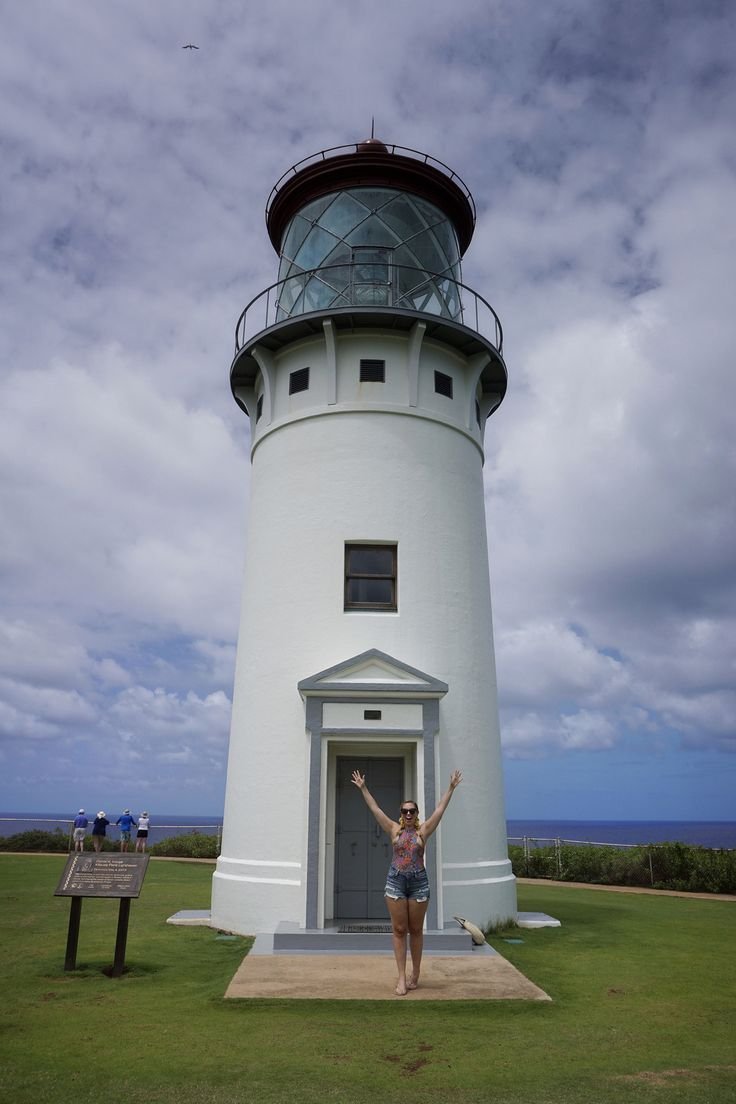
Travel Tips
Visiting Kiribati in 2025 offers a rare opportunity to explore one of the most remote and culturally rich island nations in the Pacific. To make your trip enjoyable and respectful, it’s essential to understand local customs, safety considerations, and some language basics. This guide will help you navigate Kiribati’s unique social landscape and ensure a smooth, culturally sensitive experience.
Safety Advice
Kiribati is generally a safe destination for travelers, with low crime rates and friendly locals. However, due to its remote location and limited infrastructure, some practical safety tips are important:
- Health Precautions: Medical facilities are basic, especially outside South Tarawa. Travelers should bring any necessary medications and a well-stocked first aid kit. Drink only bottled or boiled water to avoid waterborne illnesses.
- Climate and Environment: Kiribati’s tropical climate means strong sun and occasional heavy rains. Use reef-safe sunscreen, wear a hat, and stay hydrated. Be cautious of strong ocean currents when swimming or snorkeling, particularly on exposed beaches.
- Transportation: Roads on South Tarawa can be narrow and congested, so exercise caution when driving or walking. Public transport consists mainly of minibuses and taxis; agree on fares beforehand. Inter-island travel is by small planes or boats, which can be affected by weather conditions, so plan accordingly.
- Respect for Local Norms: Avoid public drunkenness and disruptive behavior, as these are frowned upon and can cause offense. Kiribati is a conservative society, so modesty in dress and behavior is key to staying out of trouble.
- Emergency Contacts: Familiarize yourself with local emergency numbers and the location of your country’s embassy or consulate in the region.
Local Customs
Understanding and respecting Kiribati’s customs is crucial for meaningful interactions and to show appreciation for the local culture.
Greetings and Social Interaction
- The common greeting is “Mauri”, meaning “hello” or “good health.” A simple smile and a warm “Mauri” will go a long way.
- When meeting someone for the first time, a handshake is customary, often accompanied by eye contact and a smile. However, direct eye contact with elders or people of higher status may be considered disrespectful, so observe and follow their lead.
- It is polite to greet everyone present when entering a room or joining a group.
- Elders are highly respected in Kiribati society. When speaking with or about elders, use formal titles and show deference by listening attentively and not interrupting.
Dress Code
- Kiribati is a tropical country, so light, breathable clothing is recommended. However, modesty is important, especially in villages, religious sites, and formal gatherings.
- Women should wear skirts or dresses that cover the knees and avoid revealing tops. Men should avoid shorts in formal settings and opt for lightweight shirts and long pants or sarongs (called lavalava).
- Wearing a lavalava (sarong) is required when attending functions in the mwaneaba (traditional meeting house).
- Swimwear such as bikinis is acceptable only on private or isolated beaches. When entering villages or public areas, cover up with a t-shirt and sarong.
Photography
- Always ask permission before taking photos of people, especially in villages or during cultural events. Many locals appreciate having their pictures taken but value privacy and dignity.
- Avoid photographing sacred sites or ceremonies without explicit consent.
Visiting Homes and Community Spaces
- When invited to a local home, it is customary to bring a small gift such as food or handicrafts.
- Remove your shoes before entering homes or the mwaneaba.
- Meals are often communal, shared from a central platter. Wait for the host’s invitation to start eating and use your right hand only, as the left hand is considered unclean.
- Accept offers of food and drink politely; declining may be seen as disrespectful.
Maneaba Customs
- The mwaneaba is the heart of community life, a large meeting house where social, political, and ceremonial gatherings occur.
- When entering or moving through a mwaneaba, it is respectful to stoop or bend slightly and say “matauninga” (excuse me) to avoid disrupting conversations.
- Dress modestly and wear a lavalava during formal events in the mwaneaba.
Social Behavior and Taboos
- Public displays of affection are discouraged.
- Avoid raising your voice or showing frustration publicly; Kiribati culture values humility and calmness.
- Do not touch a person’s head or raise your hands above someone’s head, as the head is considered sacred.
- Avoid walking between people who are talking; instead, go around them or stoop and say “matauninga” while passing.
- Pointing directly at people is rude; use an open hand gesture instead.
- Public drunkenness is unacceptable.
Traditional Customs: Te Mweaka
- When visiting an island or place for the first time, you may be asked to participate in Te Mweaka, a customary offering to the island’s ancestral spirits, traditionally tobacco, to seek permission and protection during your stay.
- Respect this tradition as it reflects the deep spiritual connection Kiribati people have with their land and ancestors.
Language Basics
The official languages of Kiribati are Gilbertese (I-Kiribati) and English. While English is widely used in government and education, many locals speak Gilbertese in daily life. Learning a few key phrases will endear you to locals and enrich your experience.
- Mauri – Hello / Good health
- Ko na mauri – How are you?
- Tungane – Thank you
- E kona n tei? – Where is it?
- Bwakara – Sorry / Excuse me
- Iakwe – Yes
- Kaineti – No
- Mwaneaba – Traditional meeting house
- Te Mweaka – Customary offering
Using these phrases when greeting or thanking locals shows respect and a genuine interest in their culture.
Final Tips for a Smooth Journey
Kiribati’s warm hospitality and rich traditions make it a welcoming destination for travelers who approach with respect and cultural sensitivity. Prioritize modest dress, polite greetings, and awareness of local customs such as the importance of elders and communal living. Always ask permission before photographing people or sacred sites, and embrace the opportunity to learn simple Gilbertese phrases.

